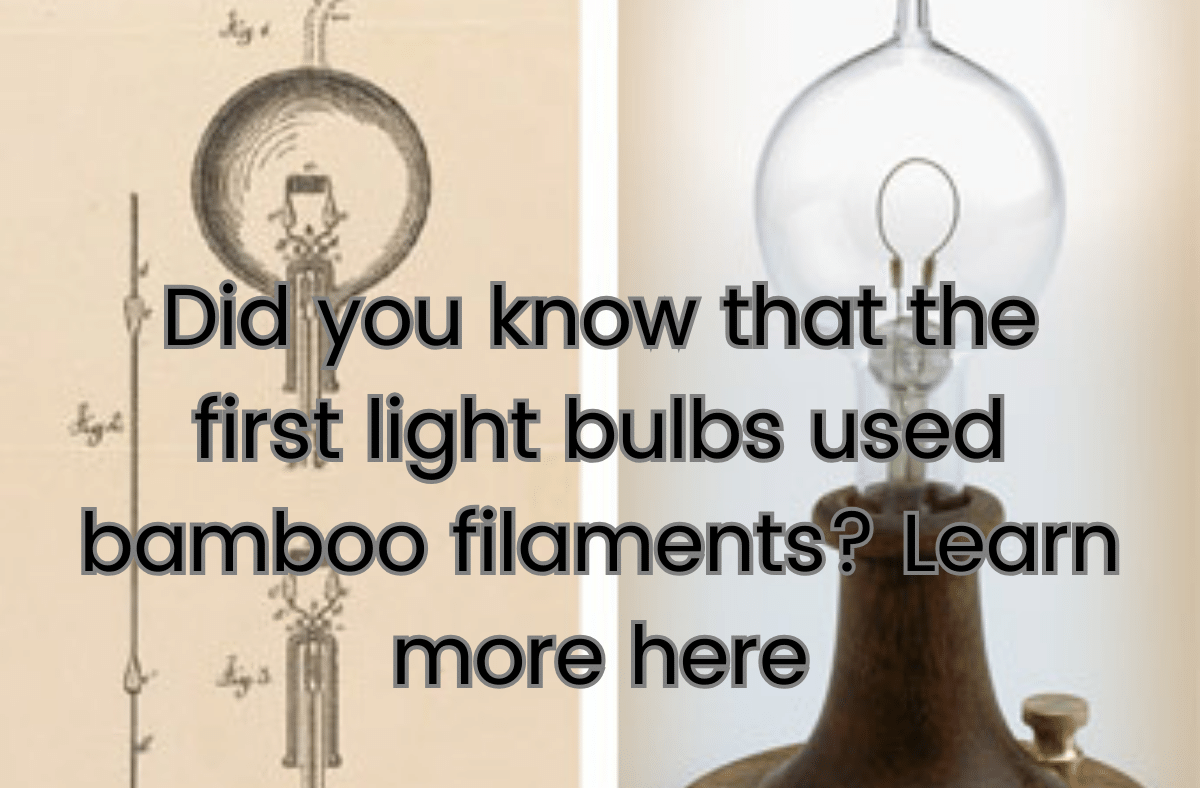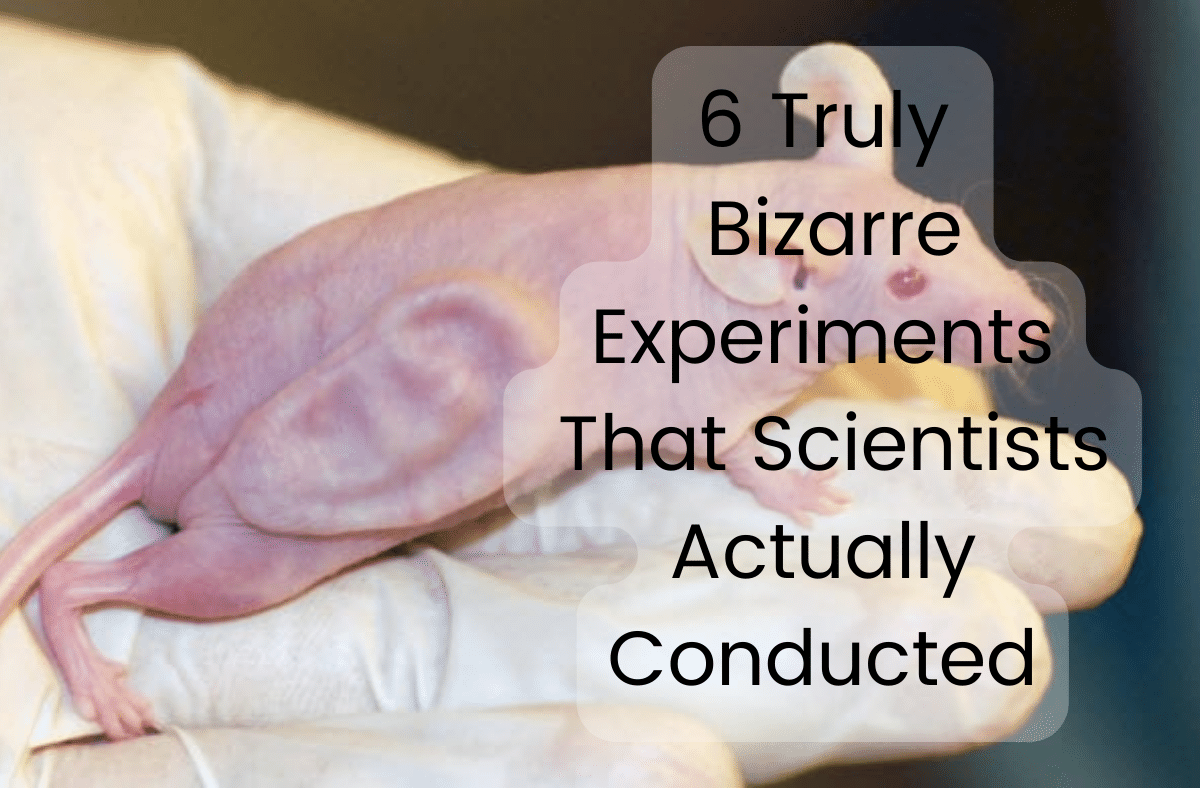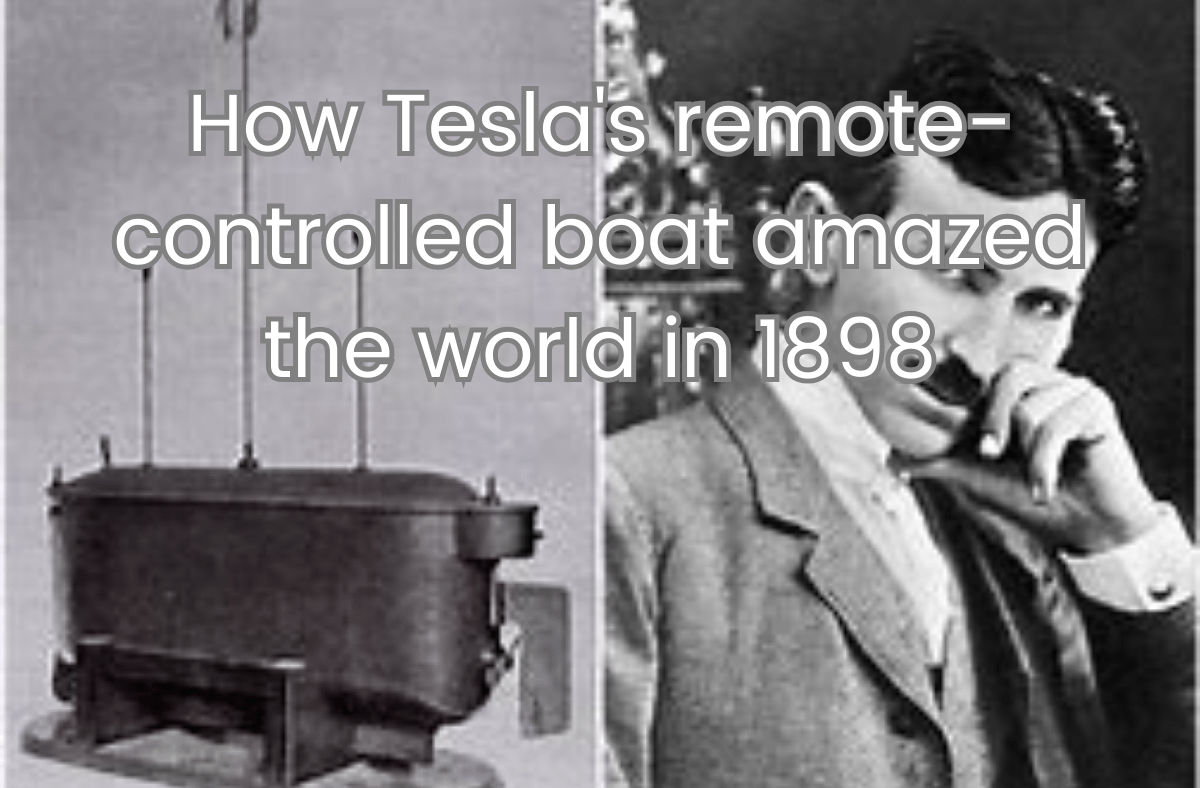For those in a hurry:
- The first light bulbs used carbonized bamboo filaments, which lasted longer than other materials.
- Edison tested thousands of plants before finding the right bamboo from Japan.
- Bamboo light bulbs burned for over 1,200 hours, but not much brighter than a candle.
- Latimer improved the carbon filament by encasing it in cardboard.
The first light bulbs: A quest for the perfect filament
Thomas Edison is often credited with inventing the light bulb, but he was not the first to do so. Many inventors had tried to create electric lamps that could produce light without burning out quickly or costing too much. The main challenge was finding a material that could glow when heated by electricity, but not melt or evaporate. This material is called a filament.
Edison realized that he needed a filament with high resistance, which means it would slow down the electric current and produce more heat and light. He also wanted a filament that could withstand high temperatures for a long time. He experimented with thousands of materials, from platinum to beard hair, but none of them worked well enough.
A breakthrough from Japan
In 1880, one of Edison’s workers, William H. Moore, sent him samples of bamboo from Japan. Edison decided to try carbonizing them, which means heating them in an oxygen-free environment until they turned into pure carbon. He found that carbonized bamboo filaments lasted longer than any other material he had tested before. Some of them burned for over 1,200 hours!
Edison patented his bamboo light bulb in 1880 and started mass-producing it. He also sent his workers to Japan to collect more bamboo from a specific grove near Kyoto. The Japanese people admired Edison for his invention and honored him with a monument and a statue.
The first light bulbs: An improvement by Latimer
Edison’s bamboo light bulbs were a great success, but they had some drawbacks. They did not burn much brighter than a candle, and they left black deposits on the inside of the glass bulb. In 1881, an African-American inventor named Lewis Latimer came up with a way to make the carbon filament more durable and efficient. He encased it in cardboard, which prevented it from breaking or blackening the bulb.
Latimer worked with Edison as a patent expert and an electrical engineer. He also wrote a book on the Edison system and supervised the installation of public electric lights in many cities. He was one of the pioneers of electric lighting and made many other inventions as well.






















